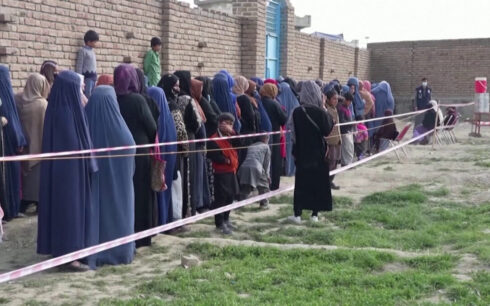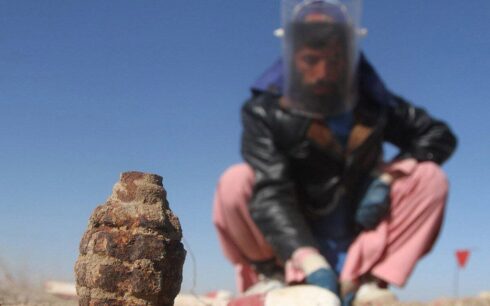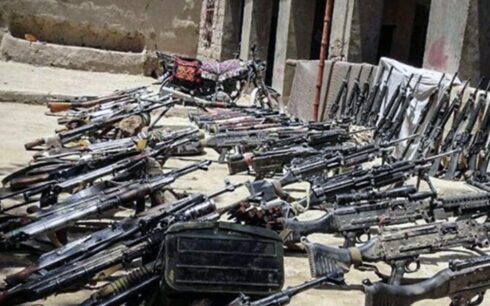A report by Reporters without Borders, or RSF, shows that a year after the Taliban takeover of Afghanistan, there has been a 39.59% reduction in the number of media outlets and a 59.86% decrease in the number of journalists working in the country.
Afghanistan had 547 media outlets prior to 15 August 2021, RSF says, adding that a year later, 219 ceased their activities.
“Of the 11,857 journalists tallied prior to 15 August 2021, there are only 4,759 now. Women journalists have been impacted most – 76.19% of them have lost their jobs,” the report finds.
“Journalism has been decimated during the past year in Afghanistan,” RSF secretary-general Christophe Deloire said.
Women have suffered most in the carnage inflicted on Afghan journalism in the past year and have disappeared completely from the media landscape in 11 of Afghanistan’s 34 provinces – Badghis, Helmand, Daikundi, Ghazni, Wardak, Nimroz, Nuristan, Paktika, Paktia, Samangan and Zabul, the report says.
RSF finds that of the 2,756 women journalists and media workers employed in Afghanistan prior to 15 August 2021, only 656 are still working. Of these, 84.6% are working in the Kabul region.
The report says that a year after the fall of Kabul, 76.19% of women journalists are no longer working in the country. Accusations of “immorality or conduct contrary to society’s values” are widely used as pretexts for harassing women journalists and sending them home.
This traditionalist worldview in the new Islamic Emirate of Afghanistan’s official discourse resulted in women TV presenters being made to cover their faces while on camera.
A total of 7,098 journalists are no longer working, including 54.52% of male journalists.
Of the 9,101 men practicing journalism before the fall of Kabul, 4,962 are no longer working.
The provinces that have suffered the biggest falls (falls of more than 50%) are Balkh, Bamiyan, Panjshir, Parwan, Takhar, Herat and Faryab.
The Kabul region in the center of the country, which had the biggest number of media outlets – 133 – has also been hit hard by the regime change and has lost nearly half of them. There are only 69 operating now.
Taliban restrictions
RSF mentions Taliban decrees on Afghan media by saying that Taliban leader Haibatullah Akhundzada in a decree on 22 July, warned that “defaming and criticizing government officials without proof” and “spreading false news and rumors” are forbidden under Islam and that those who “slander” government employees are unwittingly collaborating with the enemy and will be “punished.”
This announcement by the Taliban is indicative of the determination to suppress press freedom in Afghanistan, RSF says.
It adds that a decree issued on 22 November by the vice and virtue office of the Taliban said commentators who could criticize the government should not be interviewed by journalists or invited on to their TV programs.
It also mentions an information and culture ministry decree on 28 March that banned privately-owned TV channels from retransmitting news programs provided by international broadcasters – BBC, Voice of America and Deutsche Welle – in local languages.
Arbitrary arrests
RSF says that at least 80 journalists were detained for periods of varying lengths by the security forces, especially by the Istikhbarat (intelligence services), which have been involved in most of the arbitrary arrests of journalists – some of them violent – since the start of 2022.
Three journalists are currently imprisoned in Afghanistan – for endangering the country’s security, according to the Taliban, RSF adds.
RSF says that Afghanistan was ranked 150th out of 179 countries in RSF’s Press Freedom Index in 2012.
By 2021, it had risen to 122nd out of 180 countries thanks to a dynamic media landscape and the adoption of legislation protecting journalists.
And in 2022, after losing nearly 40% of its media and more than half of its journalists, it has fallen to 156th.





